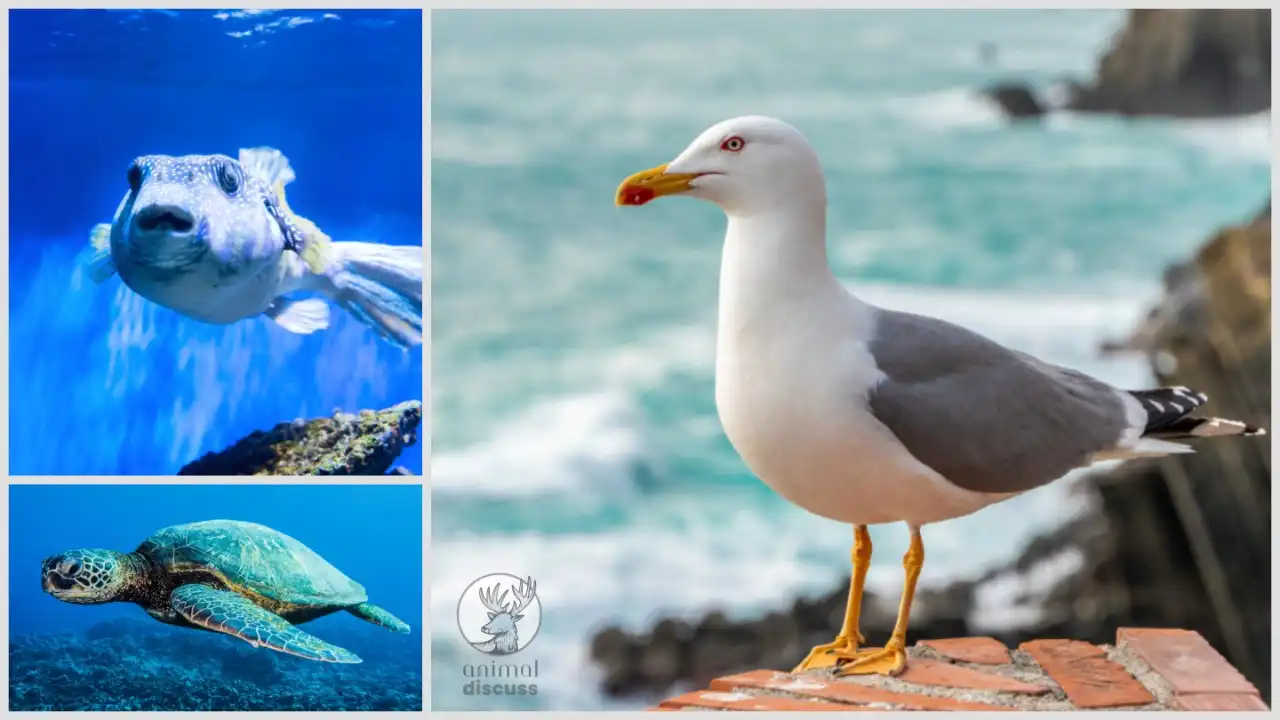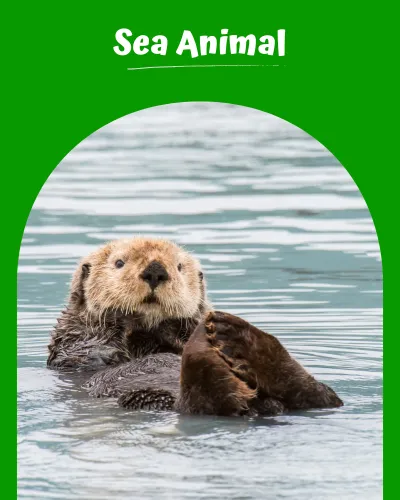We’re Animal Discuss
The Definitive Guide to Animal Watching Around the World
Learn all about animal with our growing collection of in-depth expert guides
Read Our Articles
Not sure where to start? Read our articles of the wild animals, sea animals and pet animals, all tried and checked by our experts.

Pet Animal
1. Pet Birds
2. Pet Fishes
3. Pet Mammals and More.

Sea Animal
1. Whale sharks
2. Harp seal
3. Hammerhead Shark and More.
As seen in










